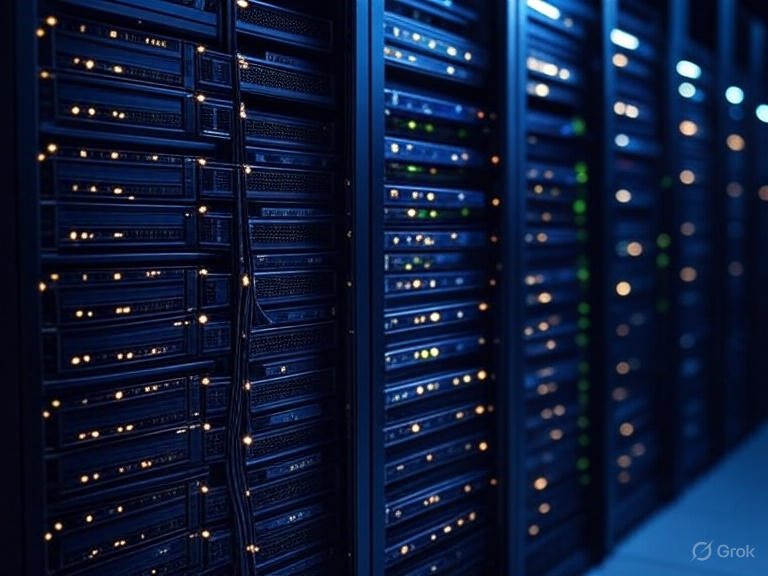A computer network is a system of interconnected computers and other digital devices that share data and resources. These connections can be established through wired media (such as Ethernet cables) or wireless technologies (like Wi-Fi or Bluetooth). The main purpose of a computer network is to facilitate communication, data sharing, and access to information and hardware like printers and storage devices.
Key Components of a Computer Network:
- Devices: These include computers, servers, smartphones, printers, and networking hardware like routers, switches, and hubs.
- Transmission Media: The medium through which data travels, such as cables (wired) or radio waves (wireless).
- Network Interface Cards (NICs): Hardware that enables devices to connect to the network.
- Protocols: Set rules that govern how data is transmitted and received. Common examples include TCP/IP (Transmission Control Protocol/Internet Protocol), which is fundamental to internet communication.
Types of Computer Networks:
- Local Area Network (LAN): Covers a small geographic area like a home, office, or building. It is fast, inexpensive, and often managed by a single person or organization.
- Wide Area Network (WAN): Spans large geographic areas, such as cities or countries. The internet is the largest example of a WAN.
- Metropolitan Area Network (MAN): Larger than LAN but smaller than WAN, usually covering a city or campus.
- Personal Area Network (PAN): Very small network, typically used for connecting personal devices within a range of a few meters, like a phone and a laptop via Bluetooth.

Functions of a Computer Network:
- Resource Sharing: Users can share hardware devices (e.g., printers), files, and applications.
- Communication: Enables email, instant messaging, video conferencing, and social networking.
- Data Management: Centralized data storage and access improve efficiency and security.
- Remote Access: Users can access network resources from distant locations.
Advantages:
- Improves communication and collaboration
- Reduces operational costs by sharing resources
- Enhances data management and security
- Enables scalability and flexibility in operations
Challenges:
- Network security threats like hacking and malware
- Maintenance and troubleshooting can be complex
- High initial setup cost for large networks
In conclusion, a computer network is vital to modern computing and daily communication. From browsing the internet to sending emails, accessing cloud storage, or streaming media, all rely on well-structured computer networks. As technology continues to evolve, networks are becoming faster, more secure, and more essential than ever.


